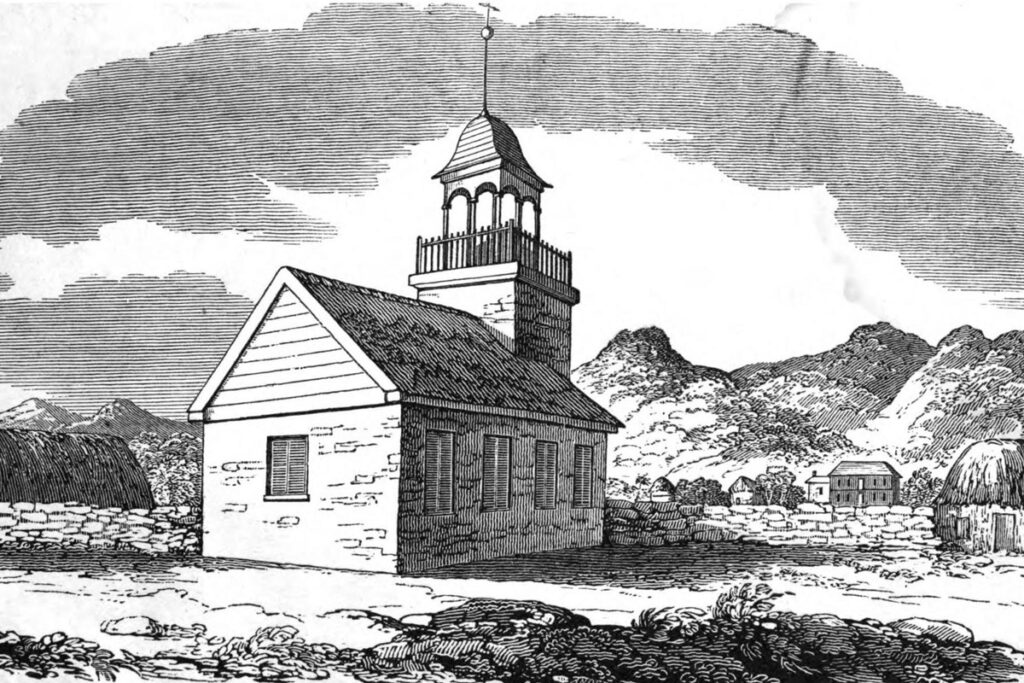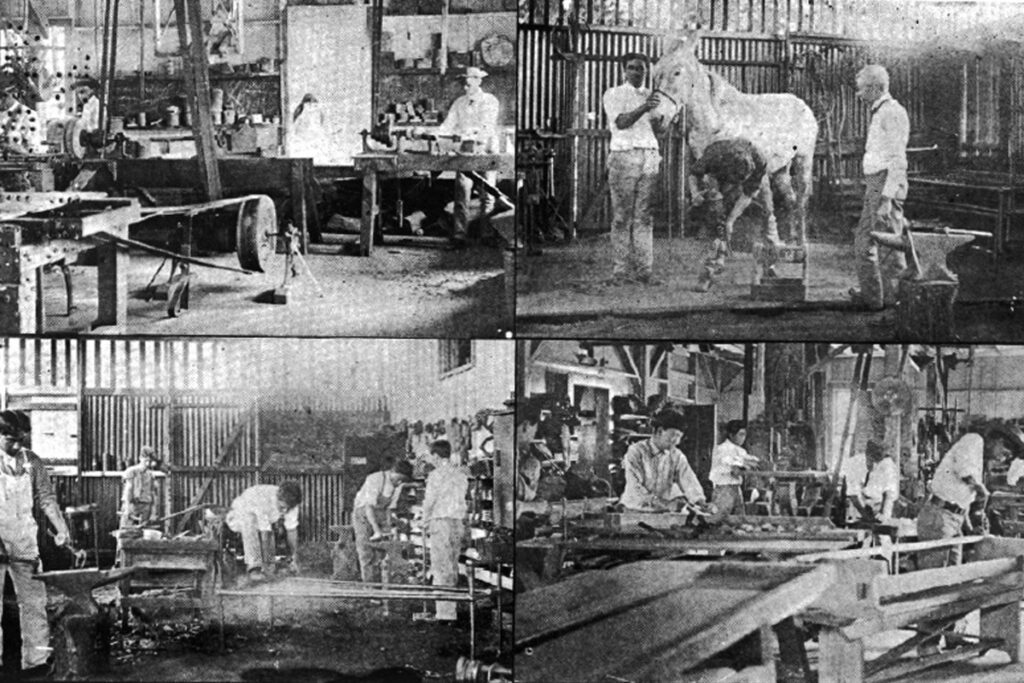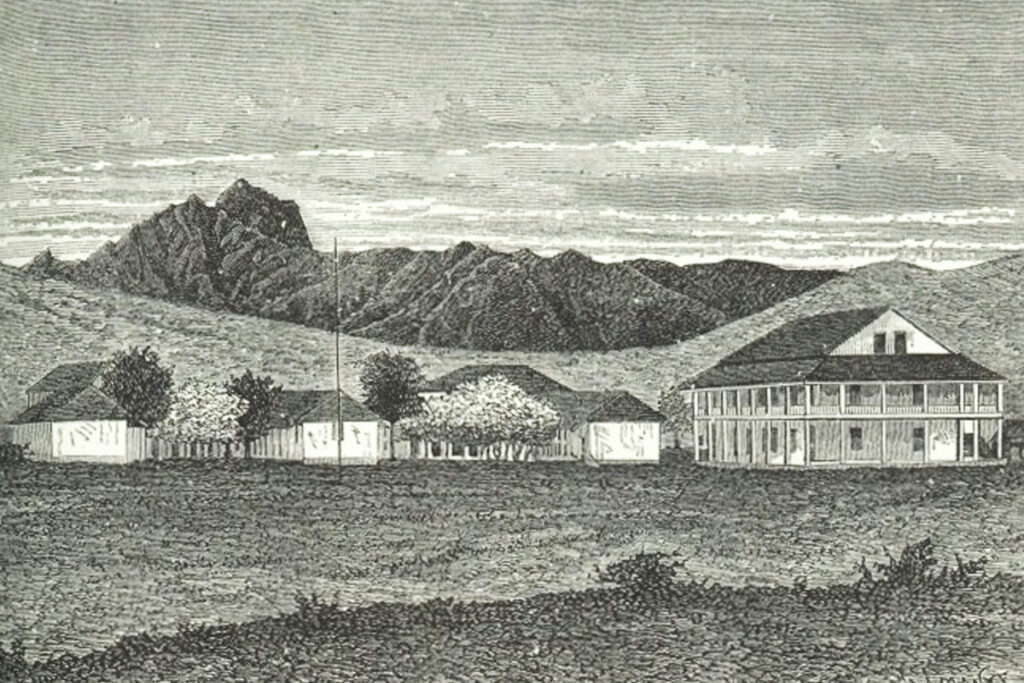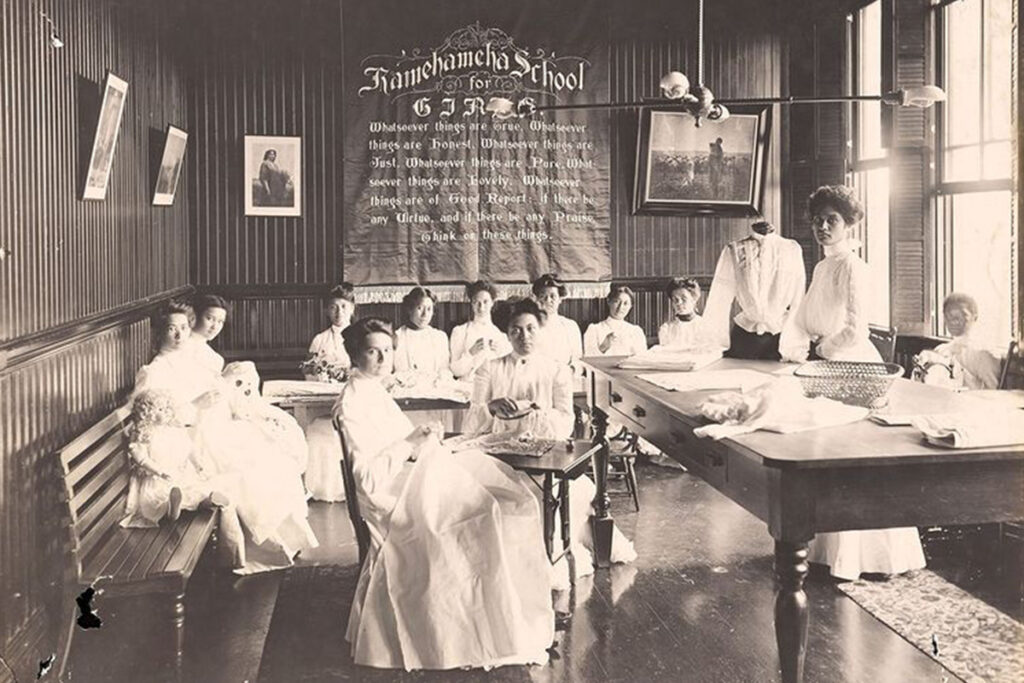At 2 a.m. on July 6th, 1887, armed gunmen belonging to two all-White separatist groups, the Hawaiian League and Honolulu Riflemen, surrounded Mōʻī (king) David Kalākaua at gunpoint and demanded that he sign a new constitution written by Lorrin Andrews Thurston, a member of the League. This new document, never ratified by the legislature, installed members of their group into his cabinet, empowered the cabinet with decision-making authority over the mōʻī, disenfranchised three-fourths of Native Hawaiians and all Hawaiian citizens of Asian ancestry, and allowed foreign landowners the right to vote. advocates the overthrow of the monarchy and annexation by the U.S. Several members from both groups would go on to support the 1893 overthrow of Kalākaua’s sister, Liliʻuokalani, and lobby Congress for American annexation in 1898.








